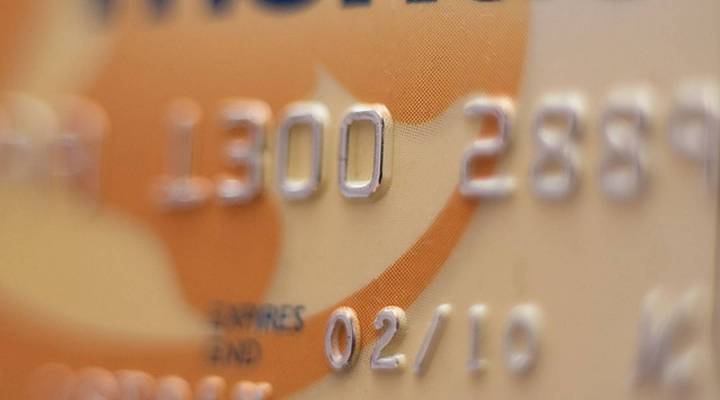
Obamacare plan shows popularity of prepaid debit cards

Kirsten Trusko, President of the Network Branded Prepaid Card Association, a nonprofit trade group, jokes that by giving her son a prepaid debit card, she gets an extra level of parental oversight.
“I freaked out my son when he went on a school trip to D.C.,” Trusko said, laughing. “I sent the prepaid debit card with him. He said, ‘Mom, I’m eating at the cafeteria. I’m eating all this healthy food.’ And I had gotten the transaction and I said ‘that’s interesting because you were at McDonald’s at 2 and at the yogurt place at 6.'”
Trusko and her son illustrate an trend that is reshaping a prepaid debit card industry that saw $77 billion in transactions in 2012. Once dominated by “unbanked,” or (largely) low-income people without bank accounts, prepaid users are increasingly younger and, often, middle class.
“What’s interesting is that there’s been a fairly dramatic shift from even four, five years ago to today, as to what the prepaid card user looks like,” said Bill McCracken, CEO of Synergistics Research Corporation. His research shows an increasing number of younger users, “Gen Y or millenials,” are turning toward pre-paid debit and ditching traditional bank accounts altogether.
The increasing interest from young people may explain why Justin Bieber this year began pushing a Bieber-branded pre-paid debit card called SpendSmart.
“There is a segment of the population that is very angry about the financial crisis and is looking for alternatives,” said Christina Tetreault, an attorney with Consumer’s Union, who recently co-authored an extensive study for Consumer Reports on the best and worst prepaid debit cards. “And with the economic downturn, there are a lot of people who have scarred credit who are turning to alternatives.”
There are pitfalls. Prepaid cards aren’t linked to traditional bank accounts, which means that protections like FDIC insurance aren’t guaranteed, and some cards are rife with hidden fees.
Experts warn buyers should beware of fees that can penalize users for everything from not using a card enough to simply activating the card.
Odysseas Papadimitriou, CEO of the card-comparison website, CardHub.com said a recent CardHub study found that getting a “bad” card could cost an extra $360 a year.
Analysts say that, as prepaid debit becomes more mainstream, there will likely be more oversight. And if there was any doubt that the prepaid debit industry is moving in to the mainstream, the Network Branded Prepaid Card Association recently began “looking to have a physical presence” in Washington, D.C., according to Kirsten Trusko.
There’s a lot happening in the world. Through it all, Marketplace is here for you.
You rely on Marketplace to break down the world’s events and tell you how it affects you in a fact-based, approachable way. We rely on your financial support to keep making that possible.
Your donation today powers the independent journalism that you rely on. For just $5/month, you can help sustain Marketplace so we can keep reporting on the things that matter to you.












